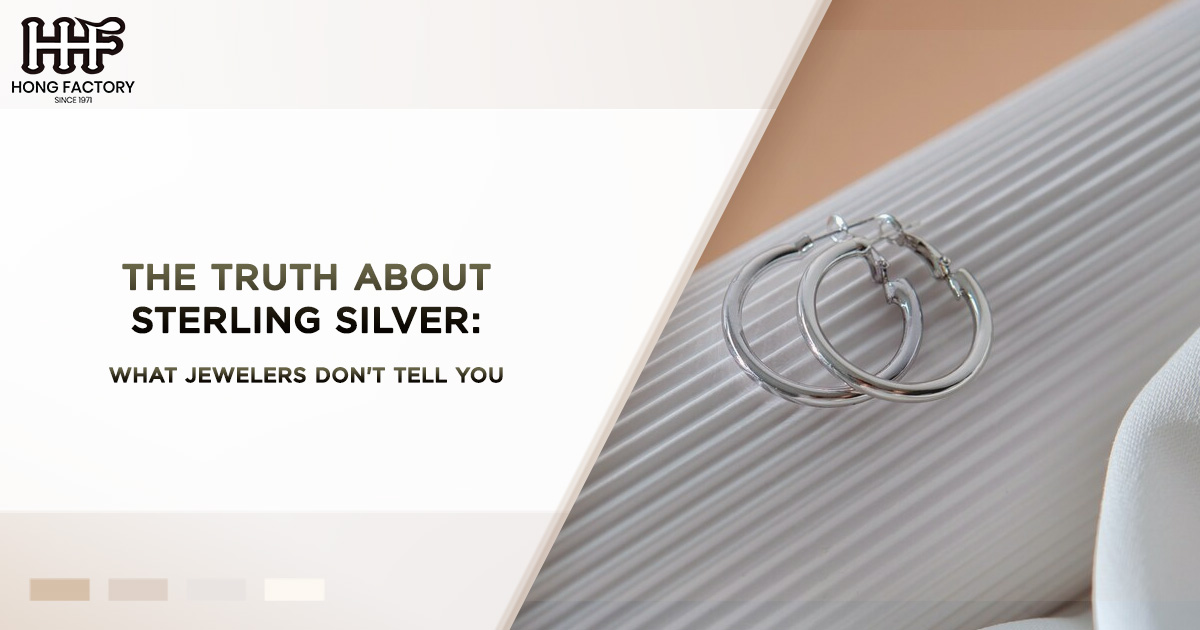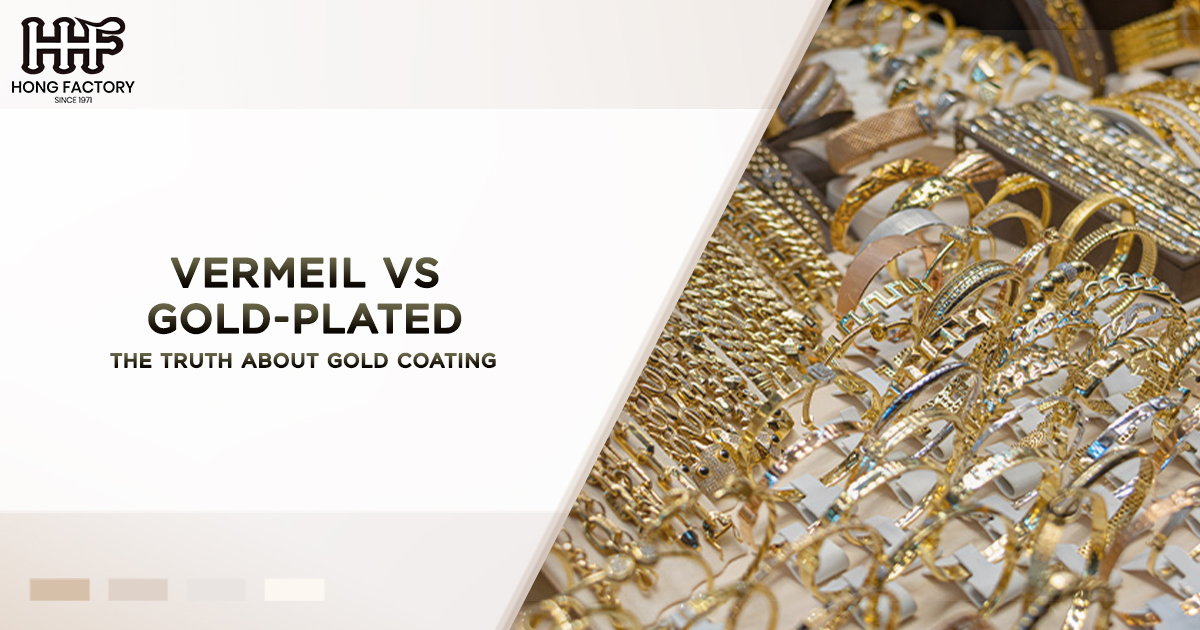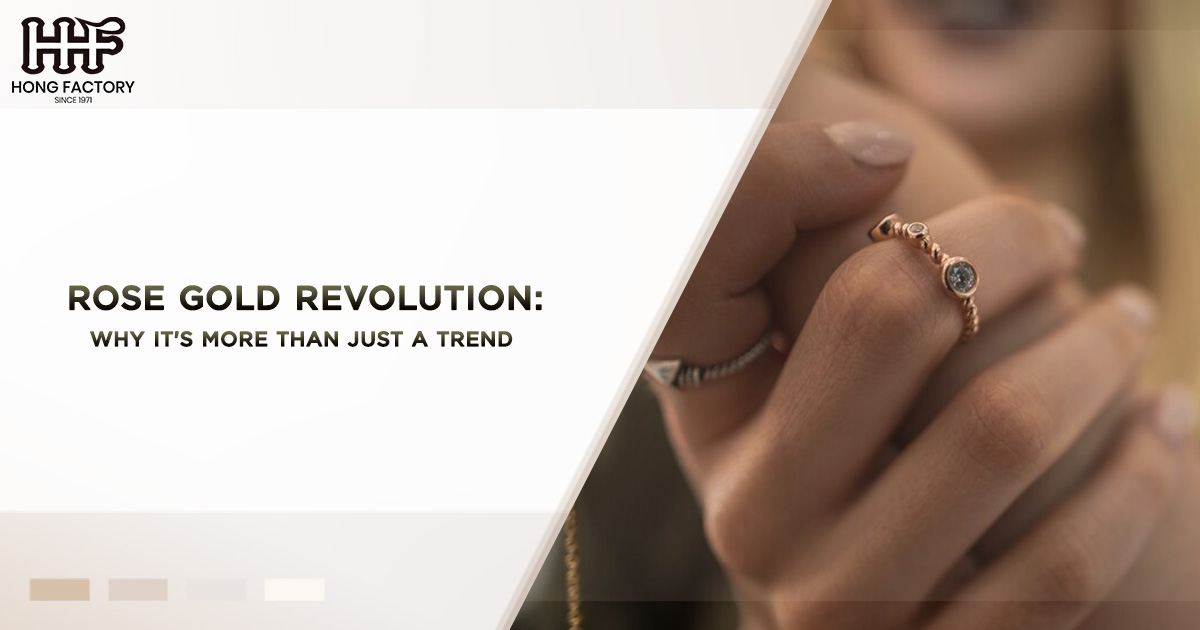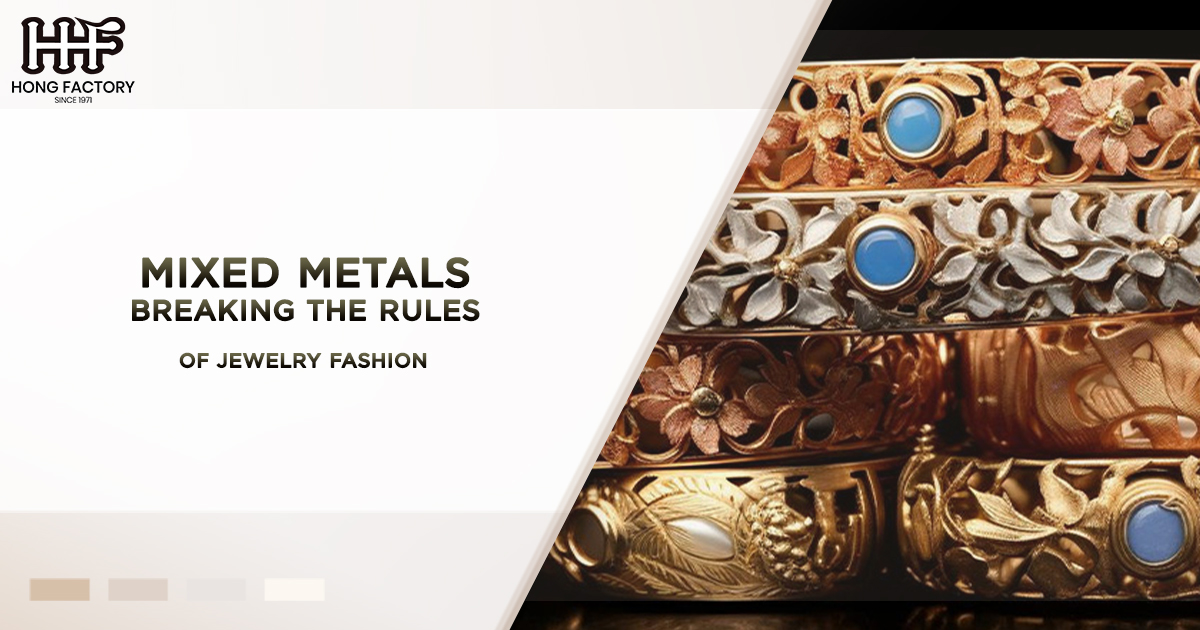Sterling silver has been a cornerstone of jewelry-making for centuries, admired for its timeless beauty, affordability, and practicality. However, there’s more to this precious metal than meets the eye. In this article, we’ll uncover the truth about sterling silver, delving into its definition, composition, identifying genuine pieces, and offering essential care tips. Let’s explore what jewelers might not always tell you about sterling silver, also known as 925 silver.
What Is Sterling Silver?
Sterling silver, often referred to as 925 silver , is an alloy made up of 92.5% pure silver and 7.5% other metals, typically copper. Pure silver (99.9% silver) is too soft for practical use, so the addition of other metals enhances its strength and durability. This specific composition has been the standard for centuries, dating back to when silversmiths first discovered how to make silver more suitable for everyday items, such as jewelry and tableware.
Sterling silver is prized for its unique balance of properties. It combines the bright, reflective luster of pure silver with improved hardness, making it perfect for intricate designs and long-lasting wear.
Composition and Properties of Sterling Silver
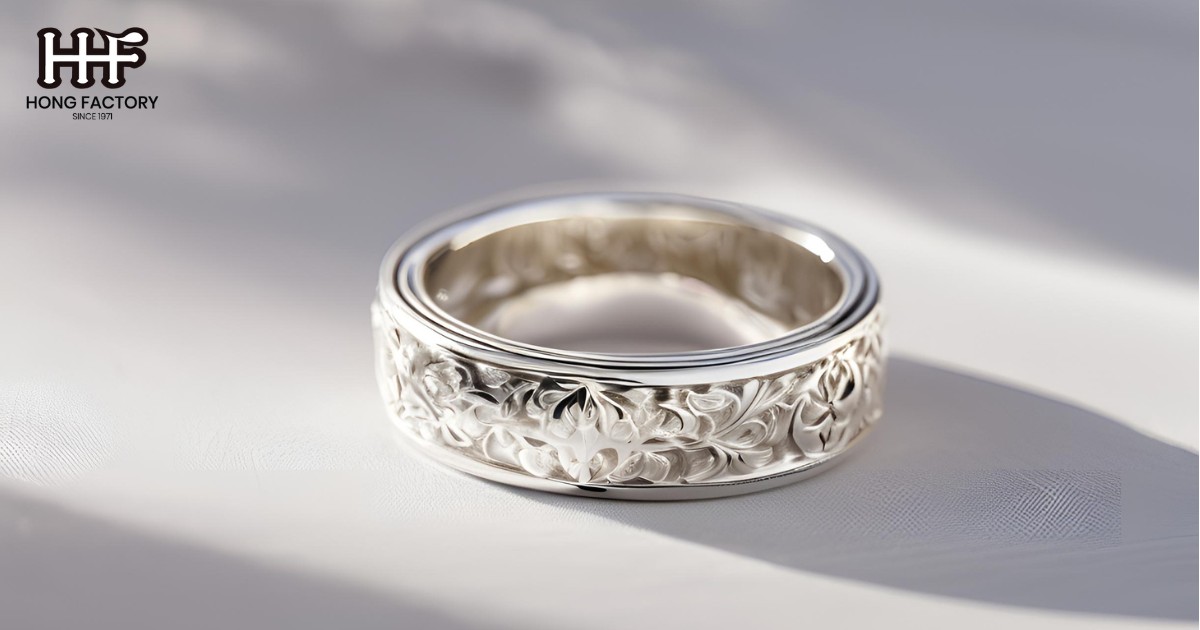
The composition of sterling silver gives it a range of characteristics that make it ideal for jewelry and decorative items. Here’s what sets it apart
- Composition
- 92.5% Pure Silver – This is the reason sterling silver has its signature shine and elegance.
- 7.5% Copper – Copper is the most common metal added to enhance strength. Occasionally, other metals like nickel or zinc are used, depending on the desired properties.
- Durability
The addition of copper makes sterling silver more robust than pure silver, which is too malleable for everyday use. This durability ensures sterling silver jewelry holds its shape and resists scratches better than pure silver.
- Tarnishing
Sterling silver is not immune to tarnishing, which occurs when silver reacts with sulfur in the air, forming a darkened layer on the surface. While tarnish is a natural process, it’s important to note that it doesn’t damage the metal itself and can be easily removed with proper care.
- Workability
Sterling silver is beloved by silversmiths for its malleability. Despite its strength, it’s easy to shape, engrave, and design intricate patterns, making it one of the most versatile materials in jewelry-making.
How to Identify Genuine Sterling Silver
With the rise of counterfeit jewelry and silver-plated items, knowing how to identify authentic sterling silver is crucial. Here are some tips to ensure you’re investing in genuine 925 silver
- Check for Hallmarks
Authentic sterling silver is usually stamped with hallmarks such as
- “925”
- “Sterling Silver”
- “Sterling”
These marks indicate the purity of the silver. However, beware of counterfeit items that may also bear these marks but are not genuine.
- Magnet Test
Sterling silver is not magnetic. If a piece of jewelry is attracted to a magnet, it’s likely not sterling silver but instead made of a cheaper, magnetic metal.
- Acid Test
A professional jeweler may use a nitric acid test to verify authenticity. Real sterling silver will produce a creamy white reaction when exposed to acid, while fake silver may show green or other discolorations.
- Ice Test
Sterling silver is an excellent conductor of heat. Place an ice cube on the silver item; if it melts quickly, the piece is likely genuine. This is a simple way to test its thermal conductivity.
- Smell Test
Unlike some base metals, sterling silver has no discernible odor. If you notice a metallic smell, the item may not be genuine.
- Professional Appraisal
When in doubt, consult with a reputable jeweler or silversmith for an expert opinion. They can verify whether your piece is authentic sterling silver.
How to Care for Sterling Silver
Caring for sterling silver is essential to preserve its beauty and longevity. Jewelers might not always emphasize the importance of maintenance, but with proper care, your sterling silver pieces can remain stunning for years.
- Clean Regularly
- Use a soft, lint-free cloth to gently clean your sterling silver after each use. This removes dirt, oils, and sweat that can accelerate tarnishing.
- For deeper cleaning, use a silver polishing cloth or a mild soap solution. Avoid abrasive cleaners, as they can scratch the surface.
- Store Properly
- Store sterling silver in airtight containers or anti-tarnish pouches to minimize exposure to air and moisture.
- Keep your jewelry separate to prevent scratches, especially when dealing with delicate designs.
- Avoid Exposure to Chemicals
- Remove sterling silver jewelry before swimming, bathing, or applying lotions and perfumes. Chemicals in these products can cause discoloration and tarnish.
- Polish Tarnished Silver
- If tarnish develops, use a commercial silver polish or create a homemade solution using baking soda and water. Gently rub the piece with a soft cloth, rinse, and dry thoroughly.
- Professional Cleaning
- For valuable or intricate pieces, consider professional cleaning by a jeweler or silversmith . They have the tools and expertise to restore tarnished or damaged items.
- Wear Your Jewelry
- Surprisingly, wearing sterling silver regularly can prevent tarnishing. The natural oils from your skin help maintain its shine.
Why Jewelers Love Sterling Silver
From a jeweler’s perspective, sterling silver offers an unparalleled combination of beauty, versatility, and affordability. Its workability allows for the creation of elaborate designs, while its durability ensures customer satisfaction. Silversmiths, in particular, appreciate sterling silver’s balance of strength and malleability, which makes it ideal for crafting everything from minimalist rings to ornate necklaces.
Sterling Silver vs. Pure Silver
It’s important to distinguish sterling silver from pure silver. While pure silver (99.9% silver) is more valuable, it’s not practical for most applications due to its softness. Sterling silver, or 925 silver , strikes the perfect balance between beauty and functionality, making it the preferred choice for jewelry and household items.
The Allure of Sterling Silver in Modern Times
Sterling silver has transcended generations, remaining a favorite material for jewelry and decorative items. Its affordability compared to gold and platinum, combined with its timeless appeal, ensures its popularity endures. Additionally, as sustainability becomes a focus in the jewelry industry, many jewelers and silversmiths are turning to recycled silver and eco-friendly production methods, further solidifying sterling silver’s relevance in modern times.
Conclusion
Sterling silver, or 925 silver , is much more than an affordable alternative to other precious metals. Its unique composition, durability, and workability make it a favorite among jewelers and silversmiths . Understanding how to identify genuine sterling silver and care for it properly ensures your pieces will stand the test of time.
By knowing the truth about sterling silver, you can make informed decisions and enjoy the enduring beauty of this remarkable alloy. Whether you’re a collector or a casual jewelry wearer, sterling silver deserves a place in your collection.
